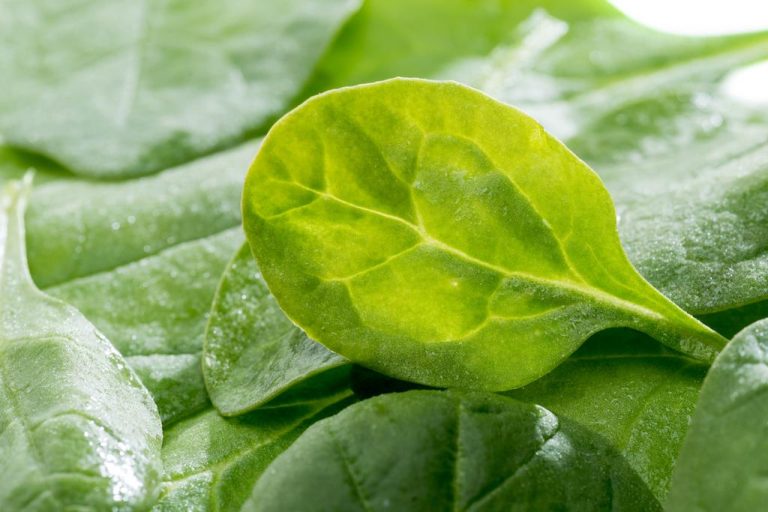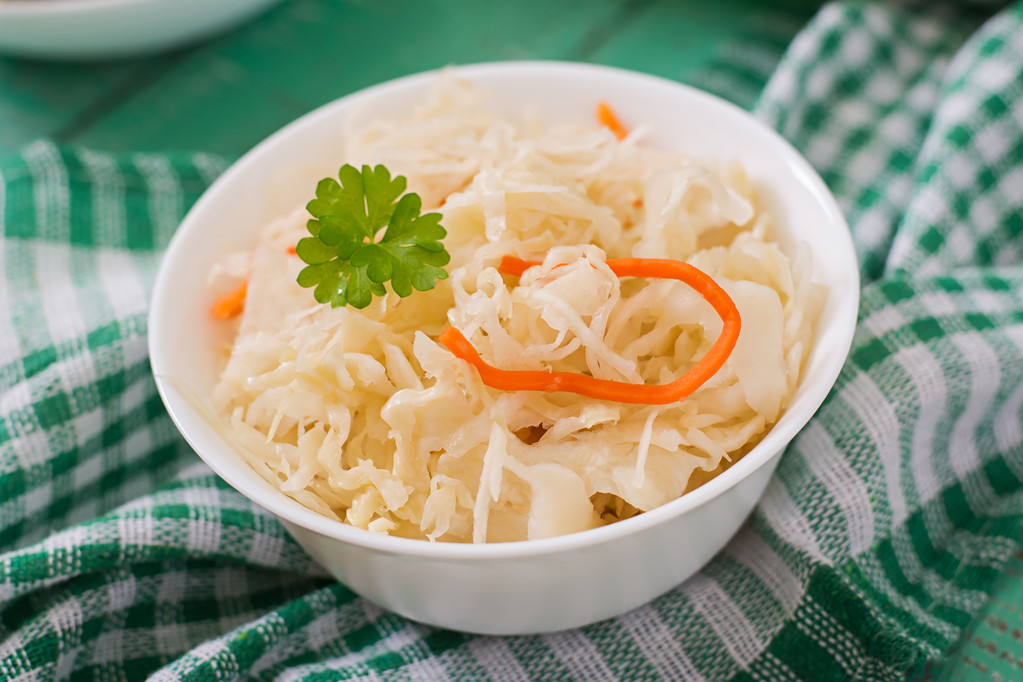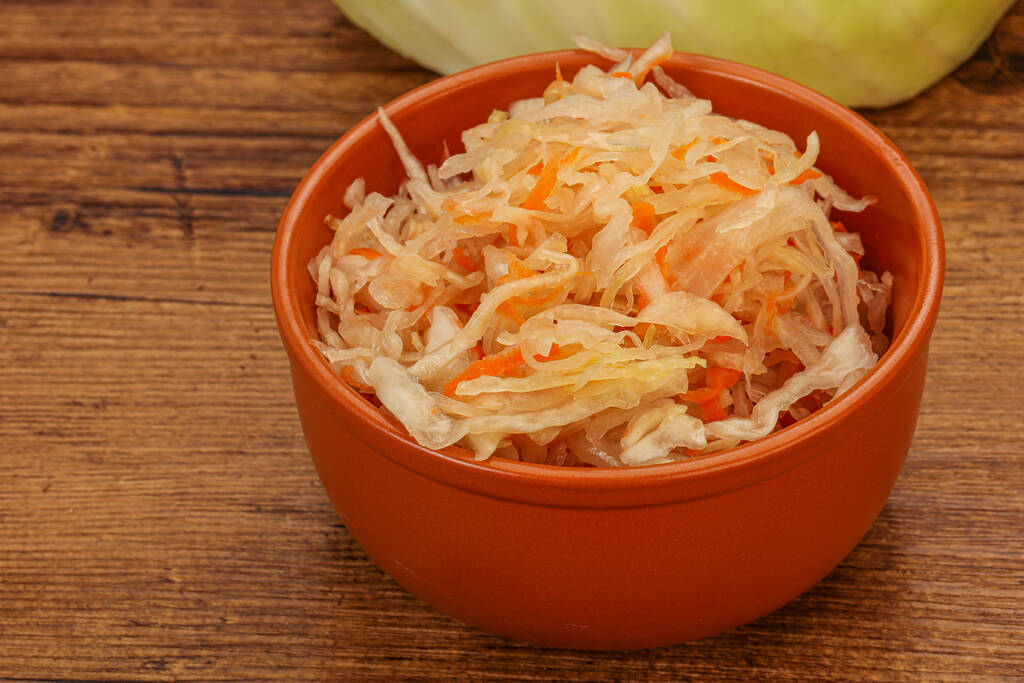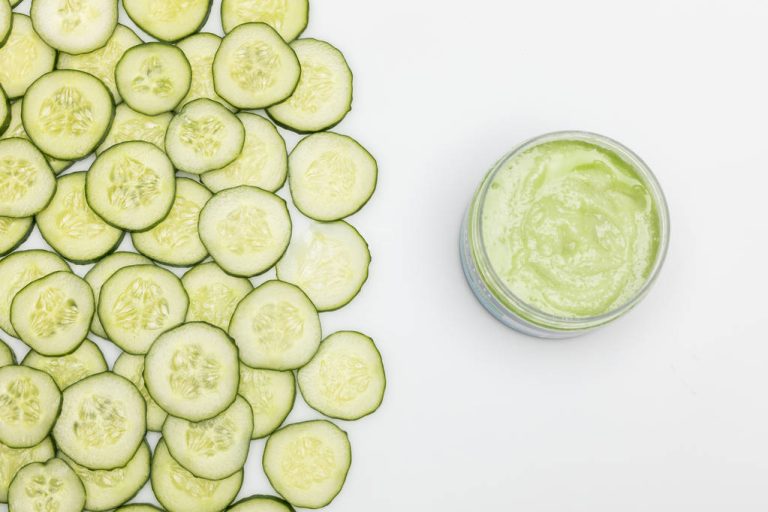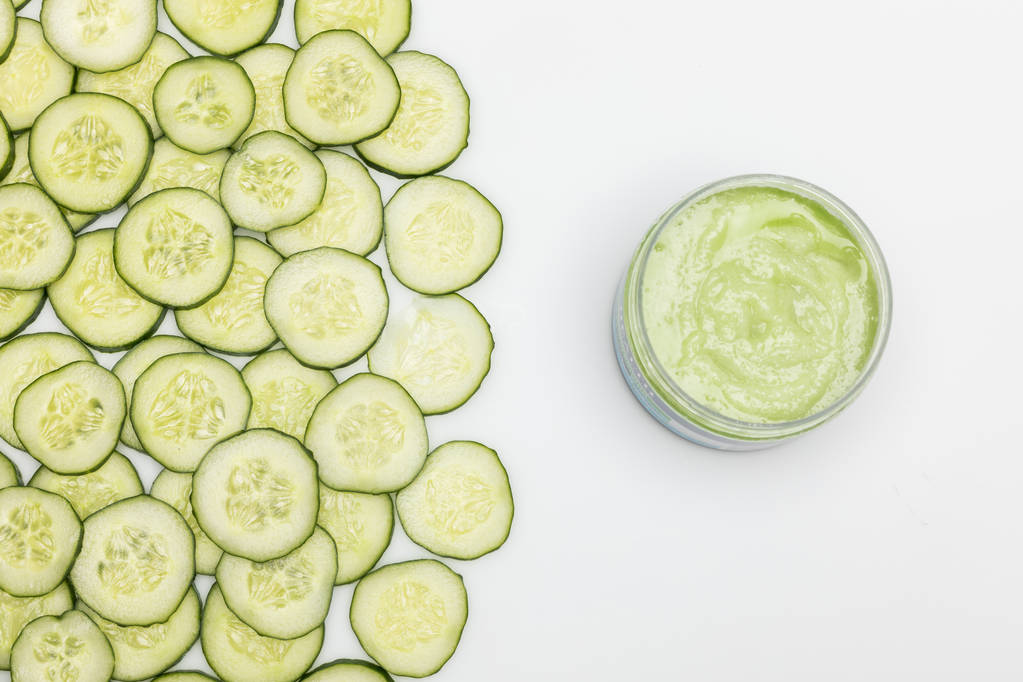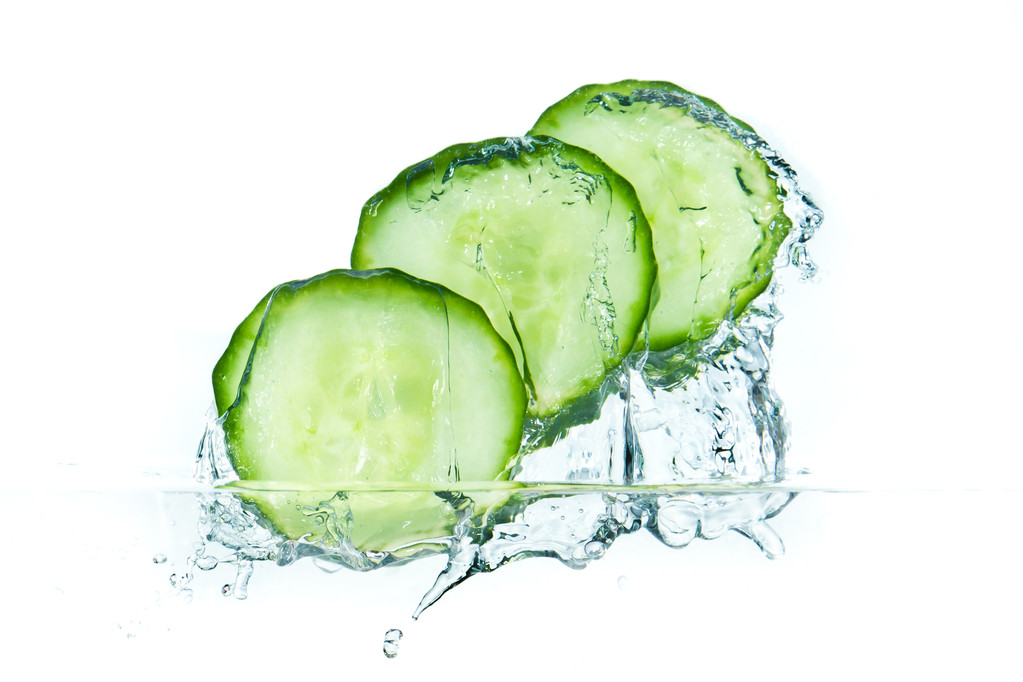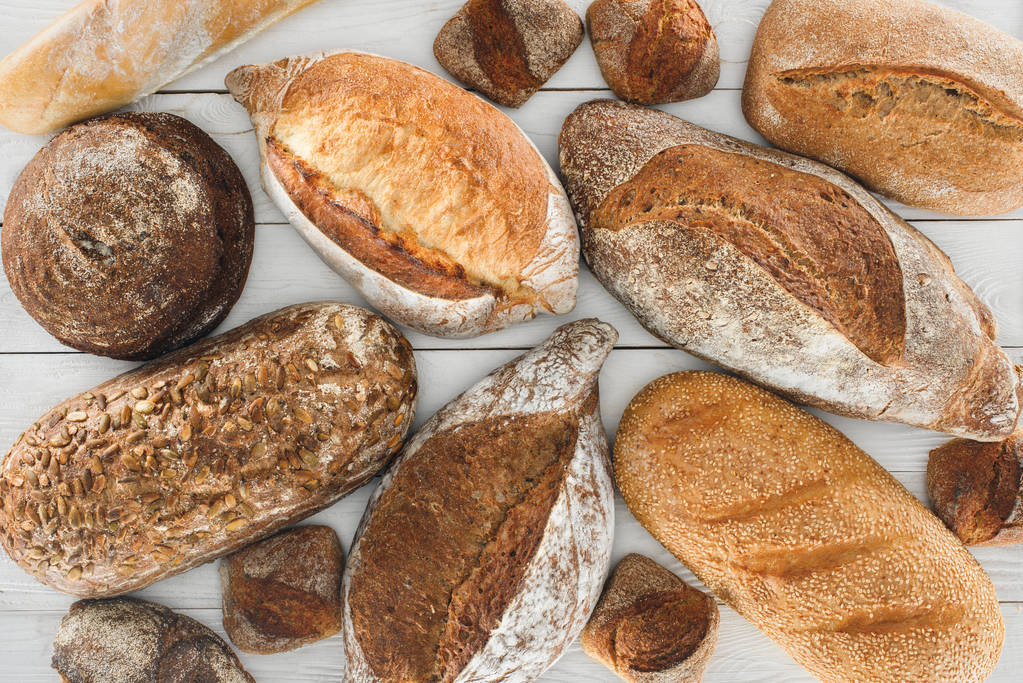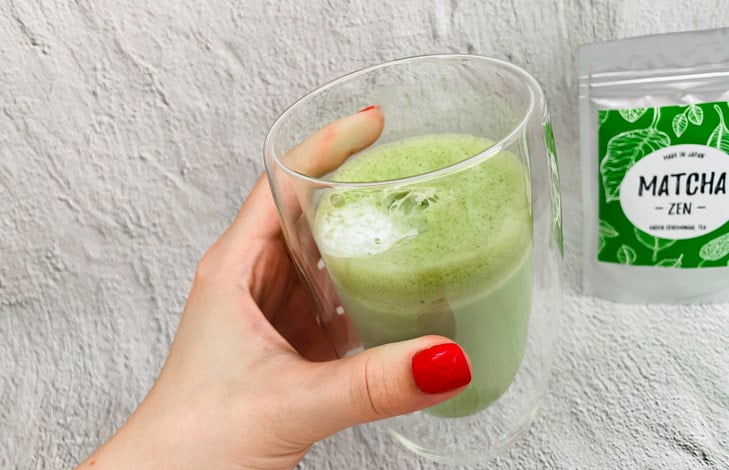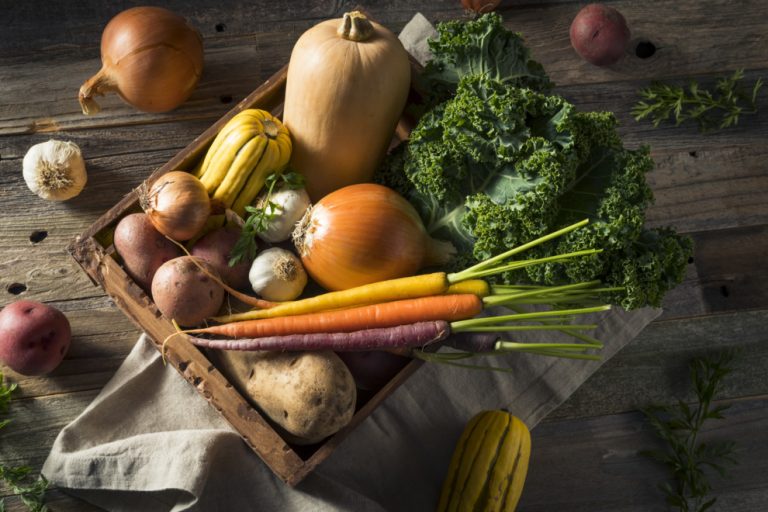You don’t always have to season spinach with nutmeg, salt and pepper. With our spice combinations, you can vary the healthy spinach with herbs and various extras.
Spinach provides many vitamins and provides you with protein, and it also tastes good. It doesn’t matter whether you use the leafy greens fresh or use frozen spinach – we’ll show you how you can season it deliciously. Because with salt, pepper and nutmeg – anyone can do that. With our variations, spinach becomes a culinary highlight…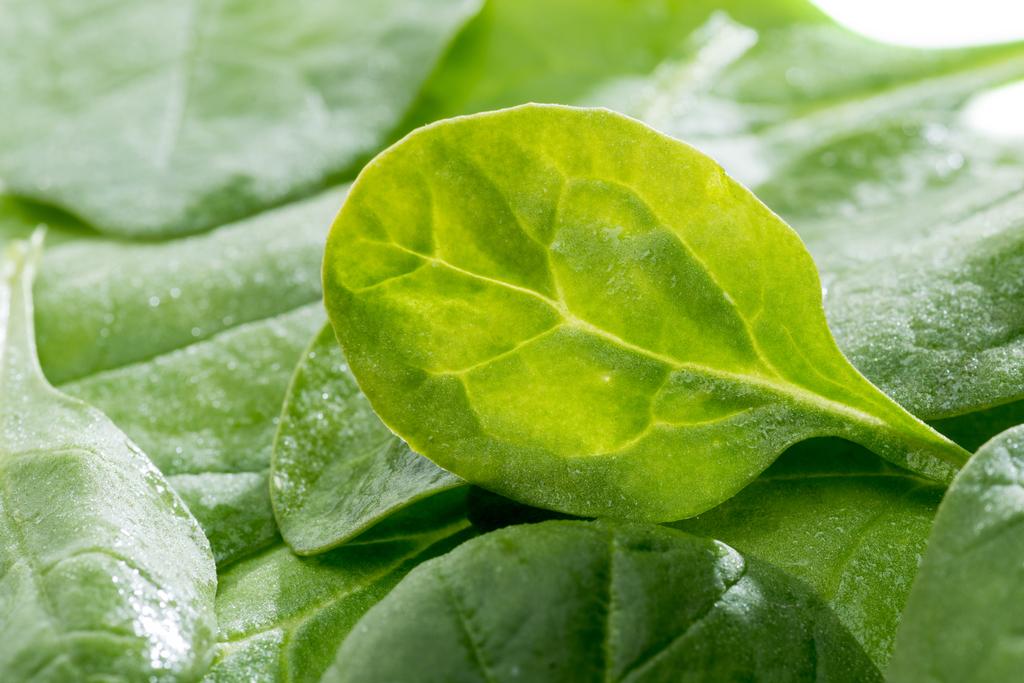
Seasoning spinach: 7 delicious flavors
You only need to warm up spinach from the freezer before you can season it with delicious spices. But fresh spinach is even better because it contains the most vitamins and nutrients. In addition, the CO2 balance is better with fresh spinach from the region, since refrigeration and long transport routes are no longer necessary. We recommend organic spinach to avoid unnecessary pesticides.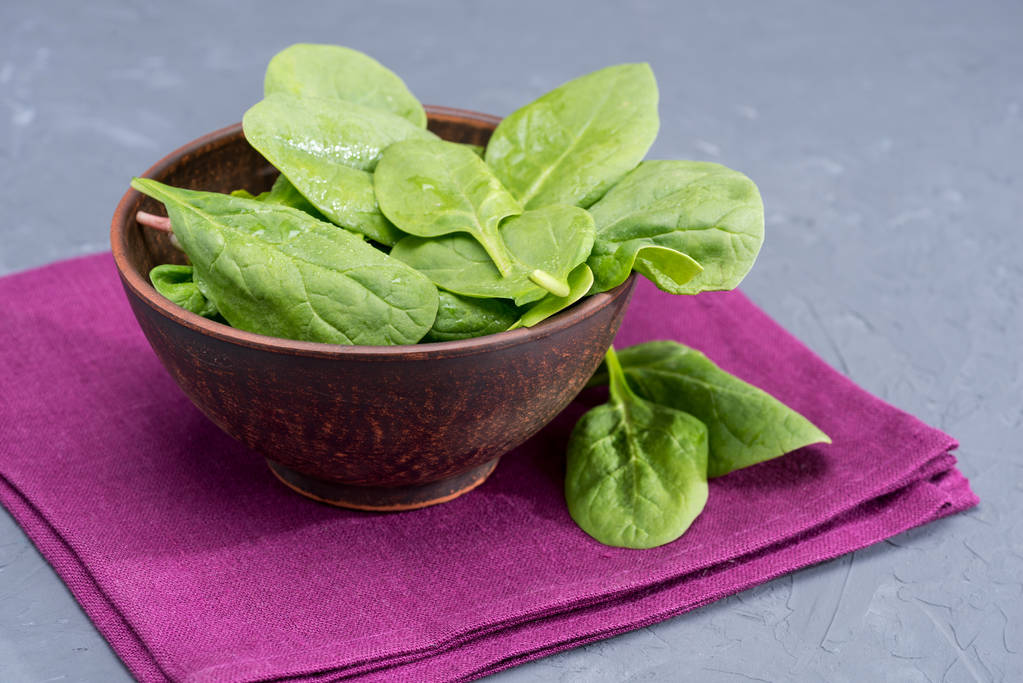
You can season spinach in seven flavors:
Classic: Spinach is most commonly served with sautéed onion and seasoned with grated nutmeg, salt and pepper.
Cream: Creamed spinach is another classic in the kitchen. Add some garlic and (whipped) cream. You can find the whole recipe for creamed spinach in a detailed guide.
Curry: Prepare the spinach with coconut milk and a good curry powder or homemade curry paste, season with a little salt and pepper and you have a delicious curry spinach.
Hearty: Translucent steamed onions, blanched spinach and season with (rosy)hot paprika powder, ground cumin, black pepper, salt and some dried or fresh marjoram. This makes the spinach aromatic and spicy with a slightly sweet note.
Italian: Fry finely chopped garlic in a pan, add the spinach and one or two chopped tomatoes. Season with salt, pepper and freshly squeezed lemon juice and your spinach dish with an Italian touch is ready. If you like, you can also add some gorgonzola, feta or parmesan and toasted sunflower or pine nuts.
Arabic: Fry finely chopped garlic with a little oil, add spinach, coriander and dill, season with pepper and salt. At the very end, add yoghurt or a vegan alternative and the Arabic-style spinach is ready.
Indian: In addition to onions and lots of garlic, the Indian version also includes chopped ginger and a bit of coconut oil in the spinach. The whole thing is then seasoned with coriander powder, garam masala, ground cumin and turmeric. Season to taste with salt and pepper, and if necessary add some Indian cream cheese Panir – et voilà, the spinach dish is ready and will bring variety to the kitchen.

